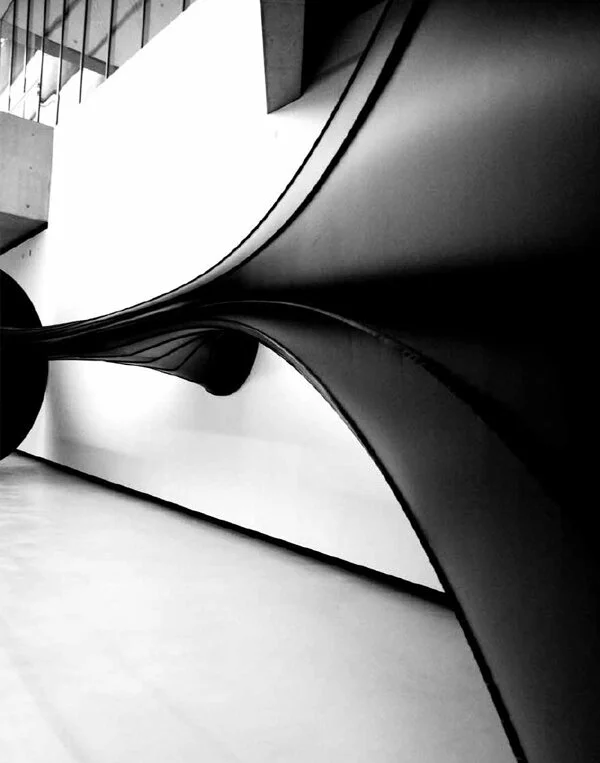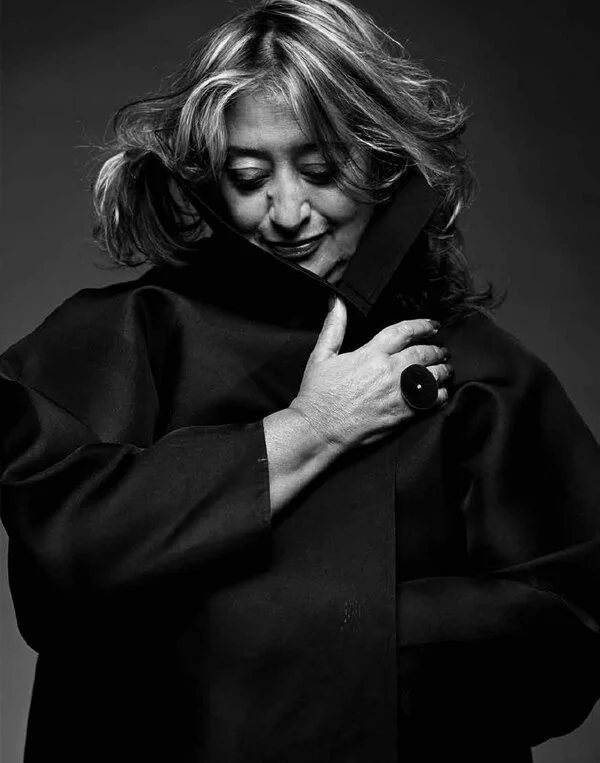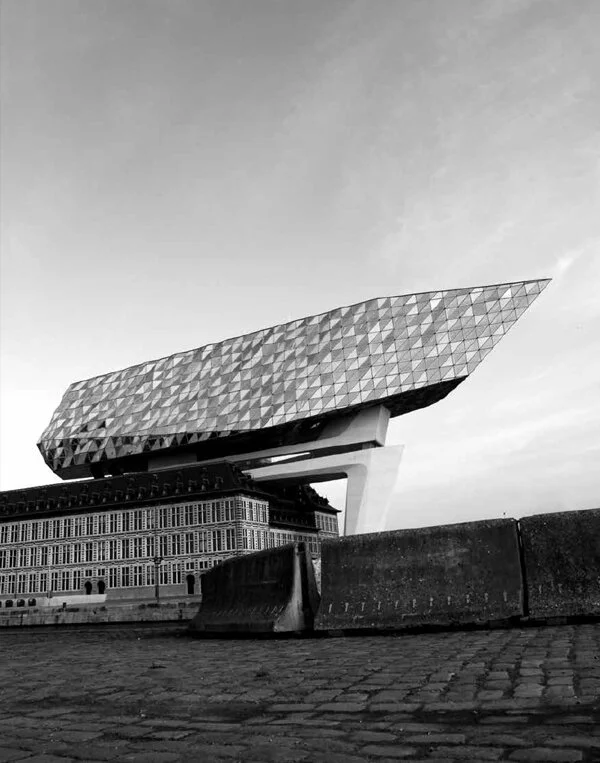Zaha Hadid
Photography by Mart Engelen
Maxxi Museum, Rome 2012
Last year, Fondazione Berengo hosted a retrospective exhibition of Zaha Hadid’s work at the 16th century Palazzo Franchetti on the Grand Canal in Venice to celebrate her fourdecade career in architecture and design. Architecture’s leading lady and surely its most original, inventive and visionary designer left us one year ago and so it is time to highlight one of the great architects of our time in this issue. Hadid was born into an upper-class Iraqi family in Baghdad in 1950 and attended school in England and Switzerland. She studied mathematics at the American University of Beirut before moving to London in 1972 to attend the Architectural Association School of Architecture, where she met Rem Koolhaas, Elia Zenghelis and Bernard Schumi. She worked for her former professors, Koolhaas and Zenghelis, at the Office for Metropolitan Architecture in Rotterdam and became a partner in 1977. Hadid established her own practice in London in 1979 and her international reputation was greatly enhanced in 1988 by a show of architectural drawings as part of the ground-breaking Deconstructivism in Architecture exhibition at New York’s Museum of Modern Art. Despite her growing reputation, the practice struggled to attract commissions, often because the designs appeared unworldly and impossible to build. Indeed, one of her first commissions, a fire station in Weil am Rhein, Germany (1994), was a famous failure unsuited to its purpose. It subsequently became Vitra’s Design Museum, a popular tourist attraction. Hadid liberated architectural geometry, giving it a wholly new expressive identity, and her work, characterised by fluid, floating forms and looming curves, conveyed speed, freedom and mobility and spoke to a world view shared widely by a younger generation. Her first big commission came in the new millennium with the Rosenthal Centre for Art in Cincinnati (2003). This was followed by evocatively beautiful designs such as the Phaeno Science Centre (2005) in Wolfsburg, the Bridge Pavilion (2008) in Zaragoza, the Maxxi Museum (2009) in Rome, the London Aquatics Centre (2011) in London, the MMM Corones (2015) in South Tyrol and the Port House (2016) in Antwerp. Her practice is still building visionary structures all over the globe, each a monument to one of the few true originals of modern architecture..
Text and Photography by Mart Engelen
All images ©Mart Engelen, page 11 ©Steve Double
Zaha Hadid by Steve Double
Port House, Antwerp 2016
Beijing CBD Core Area Research
Tower Studies, Beijing, China
2014 (Unbuilt)




